Technological Innovations
Technological advancements are playing a pivotal role in shaping the Cellulosic Fire Protection Intumescent Coating Market. Innovations in formulation and application techniques are enhancing the performance and efficiency of intumescent coatings. For instance, the development of water-based intumescent coatings is gaining traction due to their environmental benefits and ease of application. In 2025, the market for advanced fire protection solutions is expected to grow significantly, with intumescent coatings at the forefront of this evolution. These innovations not only improve the fire resistance of materials but also contribute to sustainability efforts by reducing the environmental impact of fire protection products. As manufacturers continue to invest in research and development, the Cellulosic Fire Protection Intumescent Coating Market is likely to experience a surge in demand for these cutting-edge solutions.
Sustainability Initiatives
Sustainability initiatives are increasingly shaping the Cellulosic Fire Protection Intumescent Coating Market. As environmental concerns gain prominence, there is a growing demand for eco-friendly fire protection solutions. Intumescent coatings, particularly those formulated with sustainable materials, are becoming more popular among consumers and businesses. In 2025, the market for sustainable fire protection products is projected to expand, driven by the need for compliance with green building standards. These coatings not only provide fire resistance but also contribute to energy efficiency and reduced environmental impact. As manufacturers respond to this trend by developing innovative, sustainable products, the Cellulosic Fire Protection Intumescent Coating Market is likely to witness a shift towards greener solutions, aligning with broader sustainability goals.
Rising Awareness of Fire Safety
The Cellulosic Fire Protection Intumescent Coating Market is benefiting from a growing awareness of fire safety among consumers and businesses alike. As incidents of fire-related disasters continue to make headlines, there is an increasing emphasis on implementing robust fire protection measures. This heightened awareness is driving demand for intumescent coatings, which provide a reliable solution for protecting structural elements from fire damage. In 2025, it is estimated that the fire protection market will reach a valuation of over 10 billion, with intumescent coatings accounting for a substantial share. The ability of these coatings to enhance the fire resistance of materials makes them a preferred choice for architects and builders. As a result, the Cellulosic Fire Protection Intumescent Coating Market is likely to see sustained growth as stakeholders prioritize safety and compliance with fire regulations.
Increased Construction Activities
The Cellulosic Fire Protection Intumescent Coating Market is experiencing a surge due to the rise in construction activities across various sectors. As urbanization continues to expand, the demand for fire protection solutions in commercial and residential buildings is escalating. In 2025, the construction sector is projected to grow by approximately 5 percent, leading to a heightened need for effective fire protection measures. Intumescent coatings, known for their ability to expand and provide insulation during a fire, are becoming increasingly essential in meeting safety standards. This trend is further supported by the growing awareness of fire safety regulations, which necessitate the use of advanced fire protection materials in new constructions. Consequently, the Cellulosic Fire Protection Intumescent Coating Market is poised for significant growth as builders and architects prioritize safety in their designs.
Regulatory Standards and Compliance
The Cellulosic Fire Protection Intumescent Coating Market is significantly influenced by stringent regulatory standards and compliance requirements. Governments and regulatory bodies are increasingly mandating the use of fire protection measures in construction projects to ensure public safety. In 2025, it is anticipated that new regulations will be introduced, further emphasizing the need for effective fire protection solutions. Intumescent coatings are often specified in building codes due to their proven effectiveness in enhancing fire resistance. This regulatory landscape is driving demand for intumescent coatings, as builders and contractors seek to comply with safety standards. Consequently, the Cellulosic Fire Protection Intumescent Coating Market is expected to grow as stakeholders adapt to evolving regulations and prioritize fire safety in their projects.


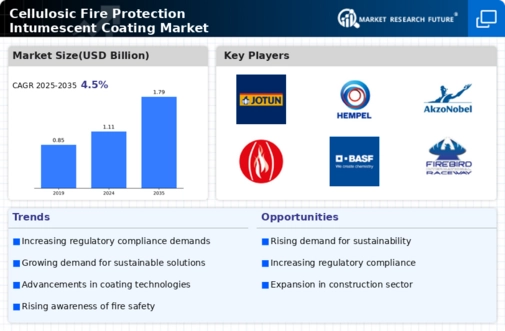
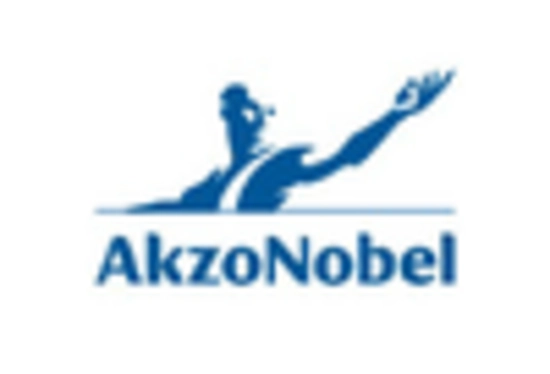
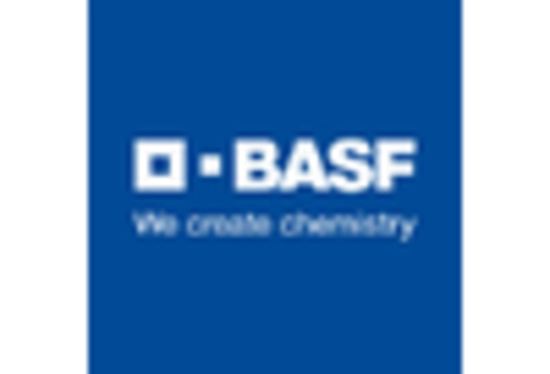
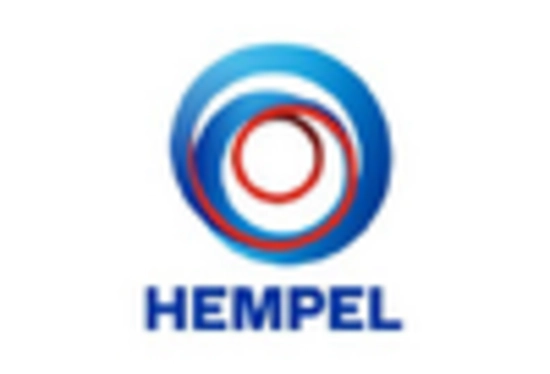
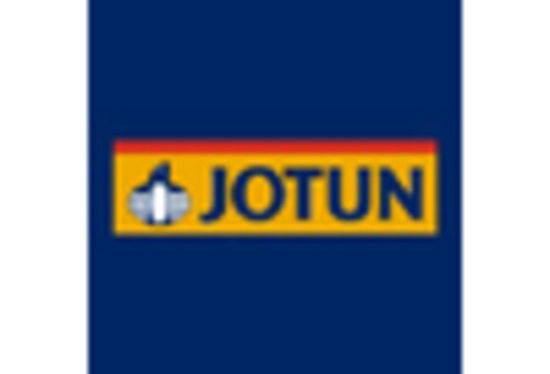
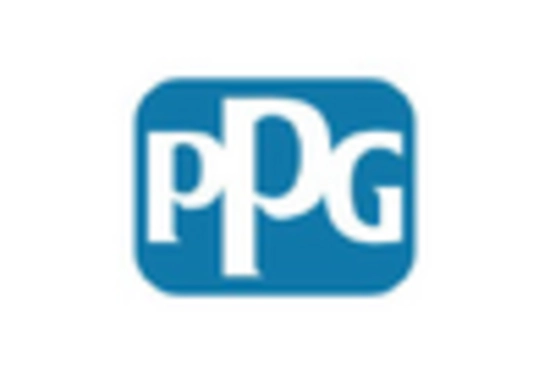
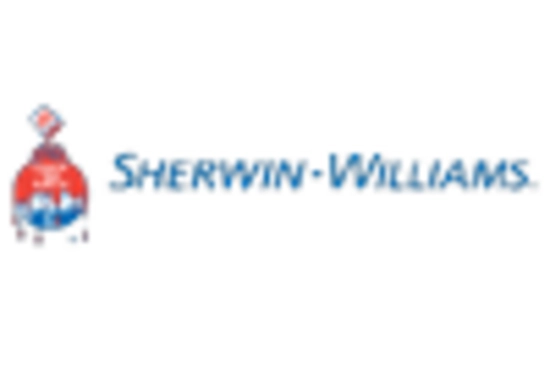








Leave a Comment